Military Velcro Patch - Tactical Velcro patches are well known in the tactical community for their obvious benefits. Its most important advantage is the ability to easily identify which category it belongs to. In this post, we'll explore the history of tactical patches and examine some of the ones in use today.
In this blog: Introduction Brief History of Tactical Patches Types of Tactical Patches Secret Tactical Patches Non-Secret Tactical Patches Information Tactical Patches Outro Introduction
Military Velcro Patch
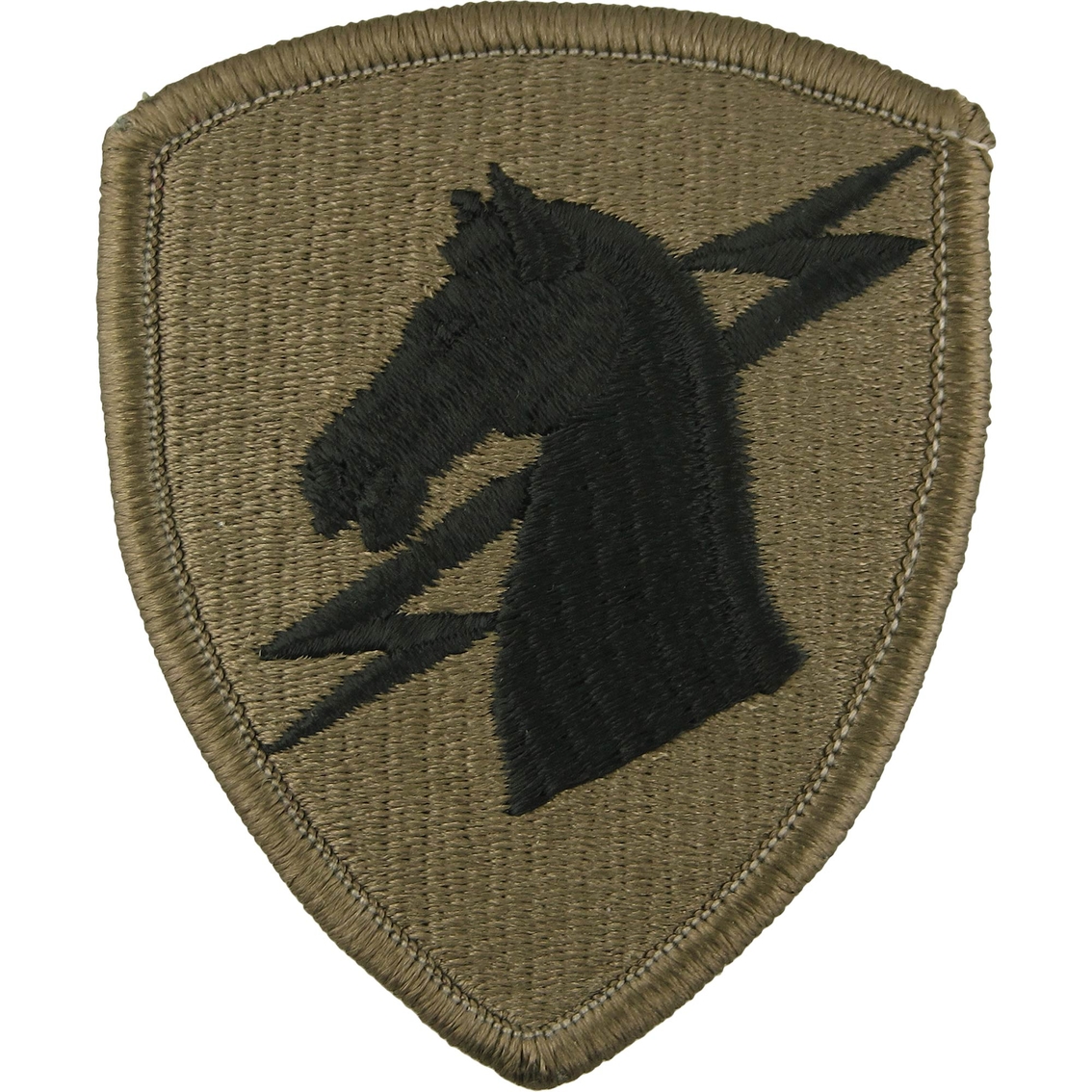
Today, it's rare to find an operator who doesn't use a tactical Velcro patch, whether it's a military insignia or a discreet message.
Mark V 1 Alpha Diving Helmet Patch Present Day
Tactical patches serve a useful purpose. Allows easy identification of lists. It can be adapted to the operator's equipment. Reflective coatings can be added to distinguish friend from foe.
There are several types of tactical Velcro patches. They also have a variety of uses. The common thread between them is that they all contain information that is relevant to others in your group, even you.
Also, a tactical Velcro pad can save a life. One way is to reduce the risk of the wearer being mistaken and exposed to friendly fire. Another alerts medics to a life-threatening allergy that the injured operator may have been exposed to certain antibiotics and painkillers.
But before we delve deeper into the modern era of tactical patches, let's take a look at the history and see how they came to be.
Custom Police K9 Badge Velcro Patch
Visualizing their ranking or differentiation by army units is not a new idea. From the earliest days of military history, better protection for high-ranking officers and more beautiful decoration of their weapons began.
However, the use of military patches goes back 200 years. In 1810, the British Army first used insignia to distinguish officer rank.
From there, the need arose to create something that was easily recognizable to recruiters and more importantly to different departments and divisions. Among the earliest and most prominent identifiers was the Kearny Patch, a patch of red cloth worn on the helmets of officers commanded by Brigadier General Philip Kearny of the US Third Division, III Corps. American Civil War (1861-1865).
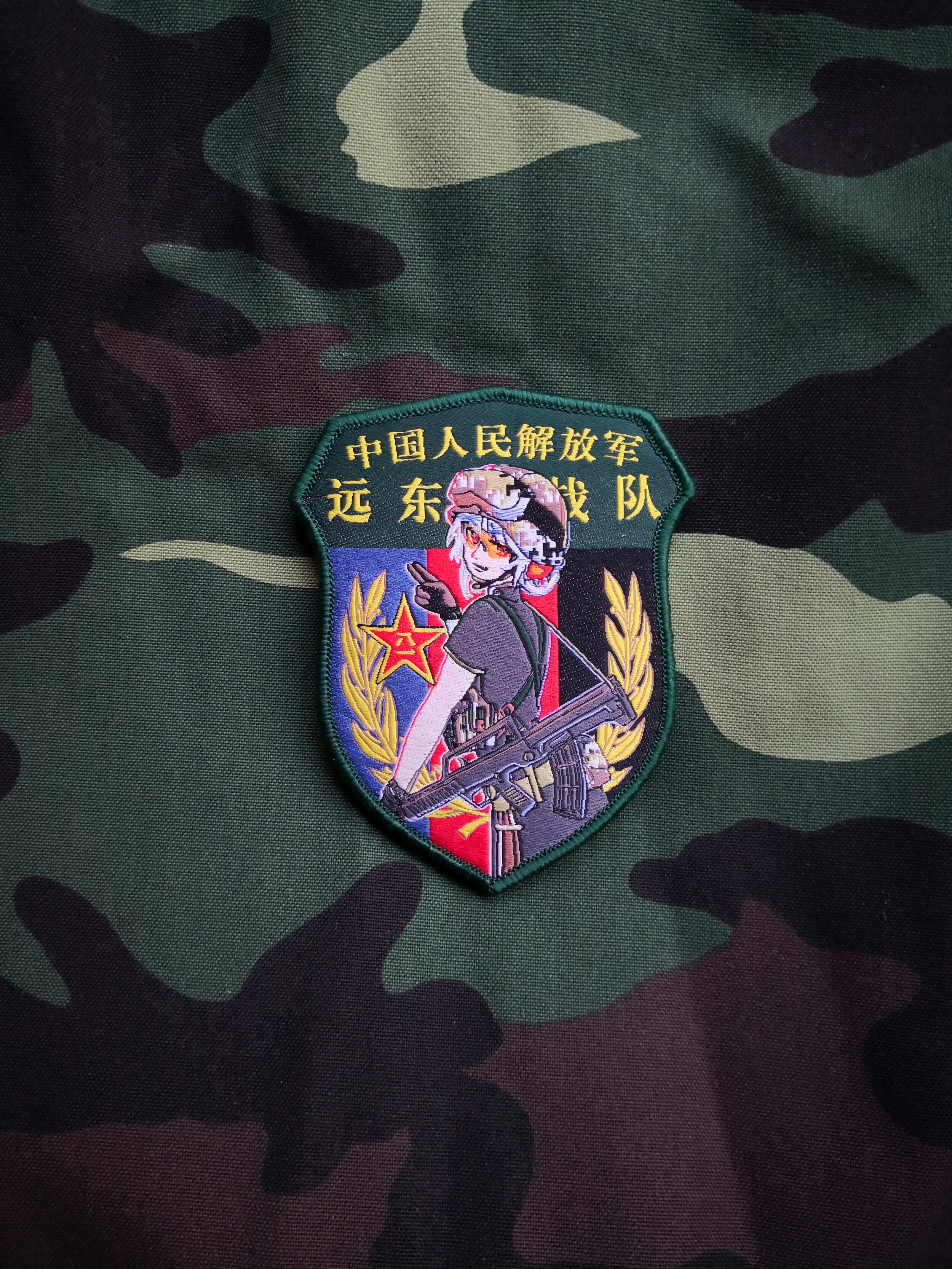
Kearney ordered his soldiers to wear this patch to make it more recognizable during battle (imagine a battlefield shrouded in the fog of war or the fog of nature, making it difficult to distinguish between two soldiers wearing the same uniform. makes it difficult in the distance.
Department Of The Navy
Kearny's patch was an innovative idea, and other departments copied it and developed their own versions. These were called "symbols of unity".
Half a century forward. Another important feature for tactical patches has been achieved - the creation of special personalized patches to increase the morale of troops. The first of these is a World War I patch for the Wildcats of the US Army's 81st Division.
It was so popular with men and officers that Army General John J. Pershing, commander of the American Expeditionary Force on the Western Front, ordered all units to make and wear unique designs.
Then came World War II. Burbank had two important military installations in southern California. The first was the Lockheed Aircraft Factory. The second one was Walt Disney Animation Studios.
Military Tactical Morale Patch
The US military stationed troops at Lockheed to ensure the plant was protected from sabotage and enemy attack. At the same time, military personnel entered the Disney grounds and oversaw the production of films and other materials deemed vital to the war effort.
During the war years, Disney produced more than 1,200 colorful and often humorous cartoons for the military. The patches included popular Disney characters (interestingly, five of those 1,200 characters are still in use).
Traditionally, soldiers sewed and glued or stapled their clothing or accessories in place. Neither method was ideal for reasons of time loss and injury. Of course, they didn't lend themselves to mass production methods, so clothes and accessories could come straight out of the factory with patches already attached.
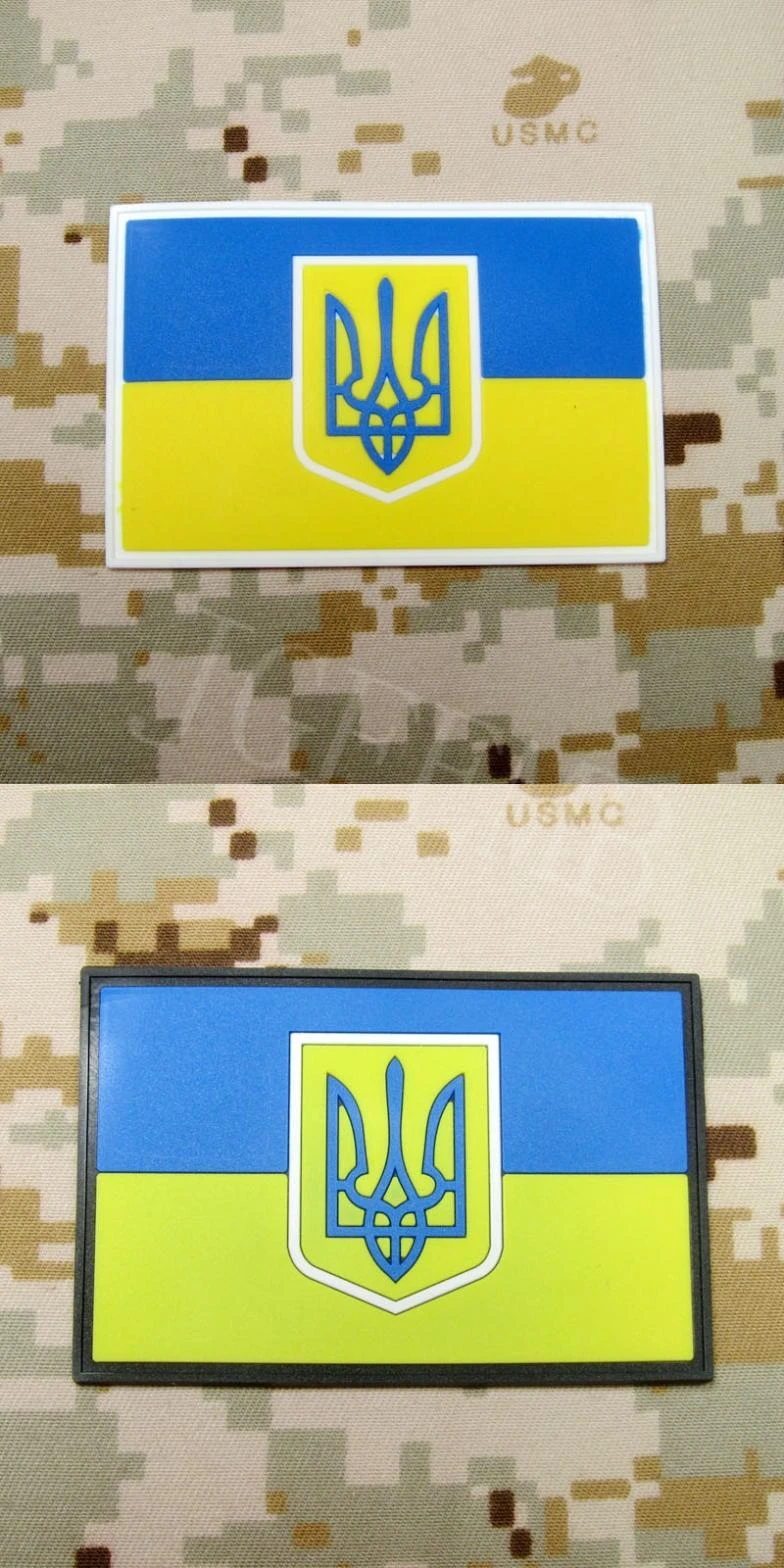
However, with advances in mechanization and the advent of nylon/polyester-based fastening systems such as Velcro, the picture has improved.
Nice Velcro Patches Spotted Today In My Local Military Shop In Mykolayv Region!
Velcro offers a decent set of features for tactical patches. When attached to the Velcro strip, the patches remained in place for easy removal and replacement. Velcro also made it possible to create custom patch designs.
Hook-and-loop evolution was not enough by itself. Patches were developed in the 1960s by the National Aeronautics and Space Administration (NASA), which created a unique design process for each of its space exploration missions.
By including Velcro as part of their spacesuits, NASA paved the way for the tactical patches we know today.
Another interesting aspect of the history of tactical patches is their commercial potential. The bigger a patch is, the more traders like it. Over time, more patches were given to collectors by operators - more specialized and personalized items.
Zulu Movie Fix Bayonets Morale Patch
Pieces are seemingly unlimited in size and shape. Some are made of PVC, others are woven, and others are made with patterns. Everything serves a purpose.
One way to categorize the types of tactical patches is the information they are associated with. The four classifications are:
Hidden tactical patches shine in a unique way when viewed through special guidance tools. Soldiers equipped with this can instantly tell if advancing forces are friendly or otherwise. To the unsuspecting eye, patches don't add shine. This luminous effect is achieved by keeping the light reflected in the visible spectrum in the IR spectrum.
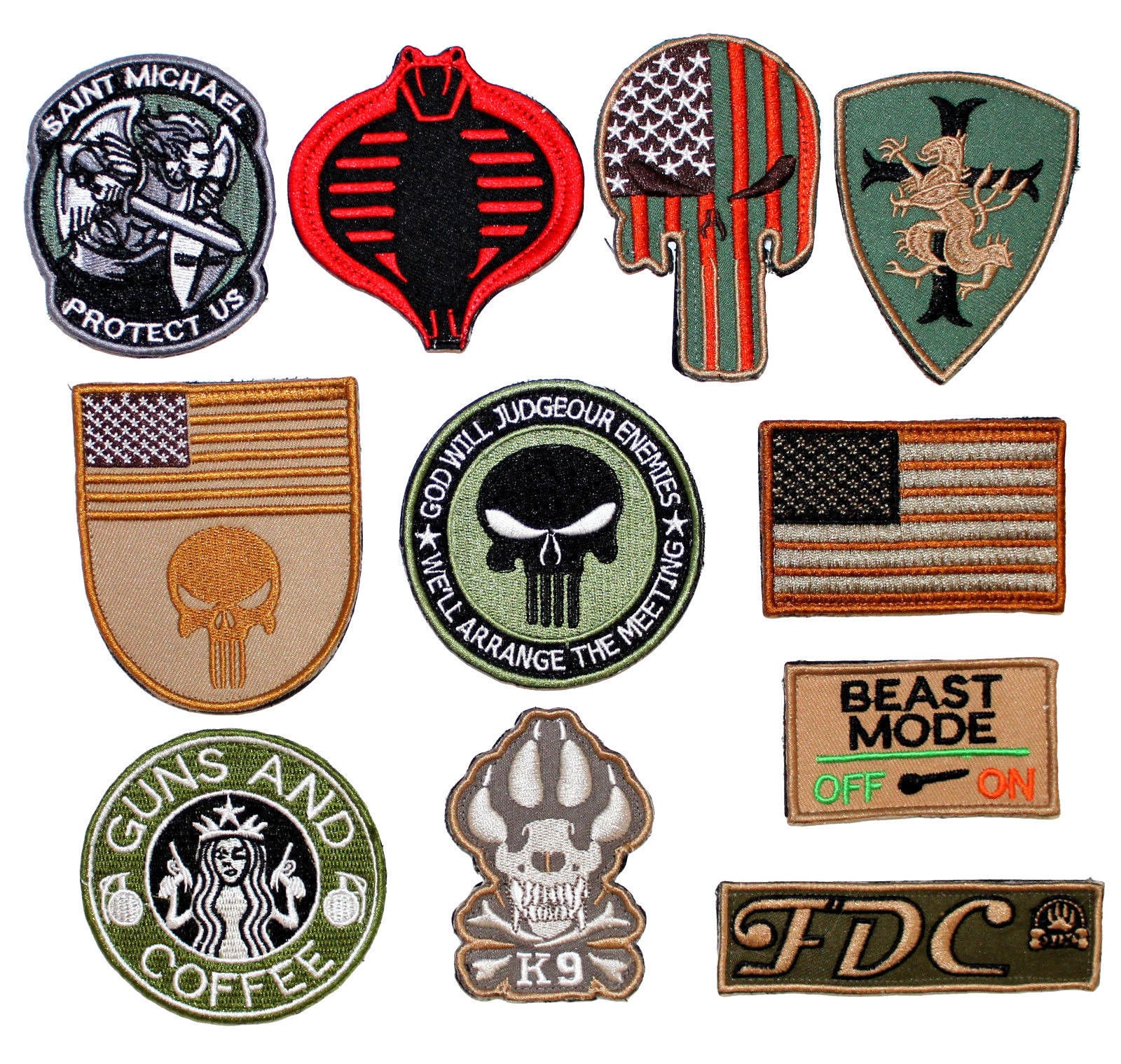
Specific technologies used for this purpose include IR reflectors (detectable by conventional night vision devices) and FLIR patches (detectable by thermal imaging cameras).
Military Working Dog Morale Patch
As shown in the image above, the IR patches stand out when viewed through a night vision device. This is especially useful when worn with NIR compatible tactical clothing.
Thermal imaging is similar to NVG devices. However, if you're using a FLIR patch (and depending on whether you're using a black-and-white or black-and-white preset), the contrast effect looks like a white or black spot.
Unlike their latent counterparts, non-hidden patches reflect the greatest amount of white light. This makes them easy to identify by eye.
Accordingly, non-stealth tactical patches are useful in scenarios where operators do not need to be concealed. Such scenarios include urban environments, inside military bases, or when light is low but detection is critical.
Canada Flag Tactical Patch
In the photo above, you can see members of the SF police unit in low light. They wear reflective patches on their plate carriers and are clearly visible as law enforcement officers.
Operators regularly use data transmitters, in addition to other patches. We can add to this category:
Tactical Velcro patches are essential in today's tactical community. They are essential for identifying and communicating important information. It is necessary to improve the mood and improve the interior life with beautiful design or smart design.
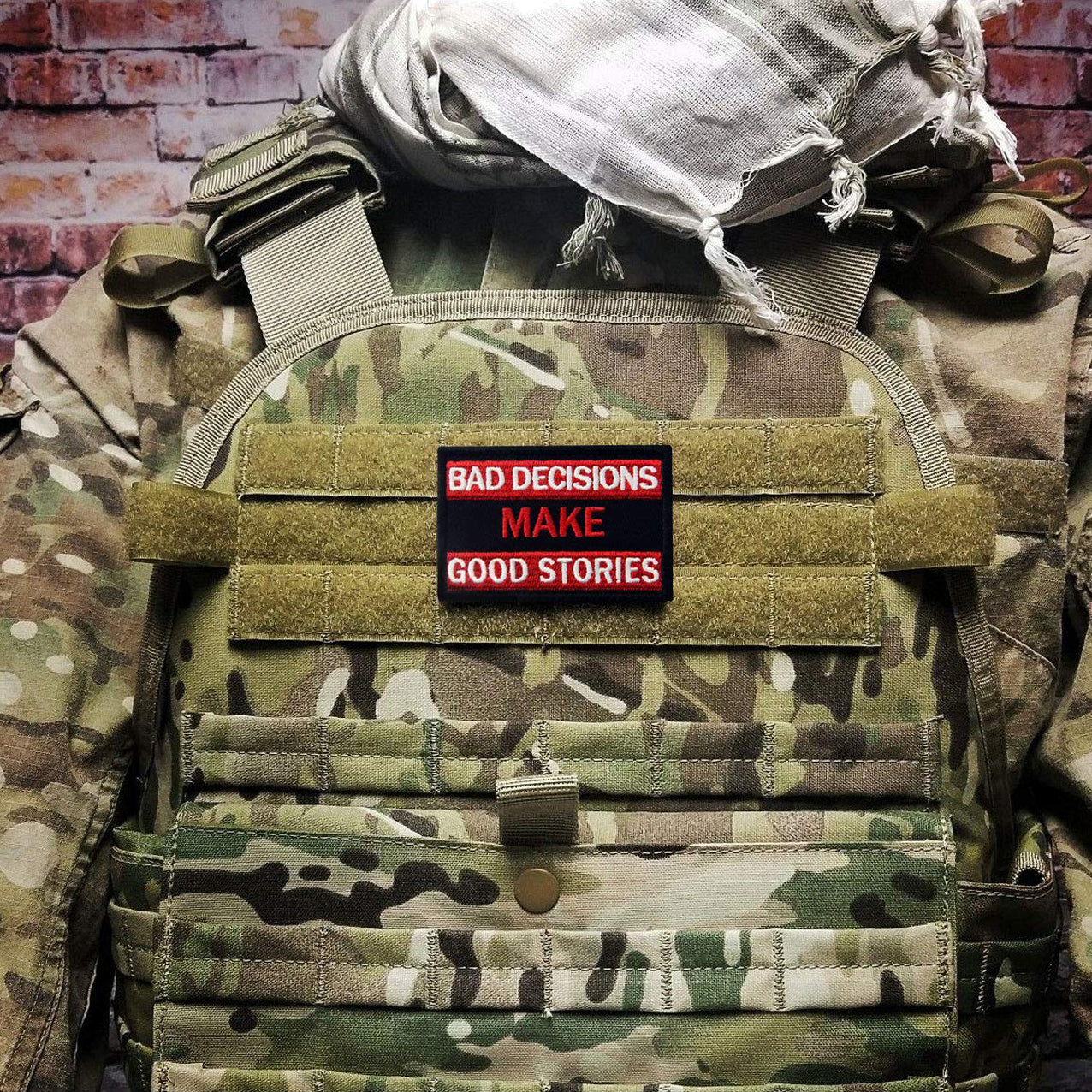
The tactical Velcro pad has evolved a lot over the years in terms of the materials it's made of and the information it can hold. It has become a great solution to common problems in this field. They have become incredibly popular in the civilian world.
St. Michael Velcro Patch
Custom velcro patch maker, military velcro, military police velcro patch, etsy velcro patch, in training velcro patch, velcro patch maker, military name patch velcro, military jacket with velcro patch, military velcro patch hat, velcro patch for hat, custom patch velcro, velcro patch
0 Comments